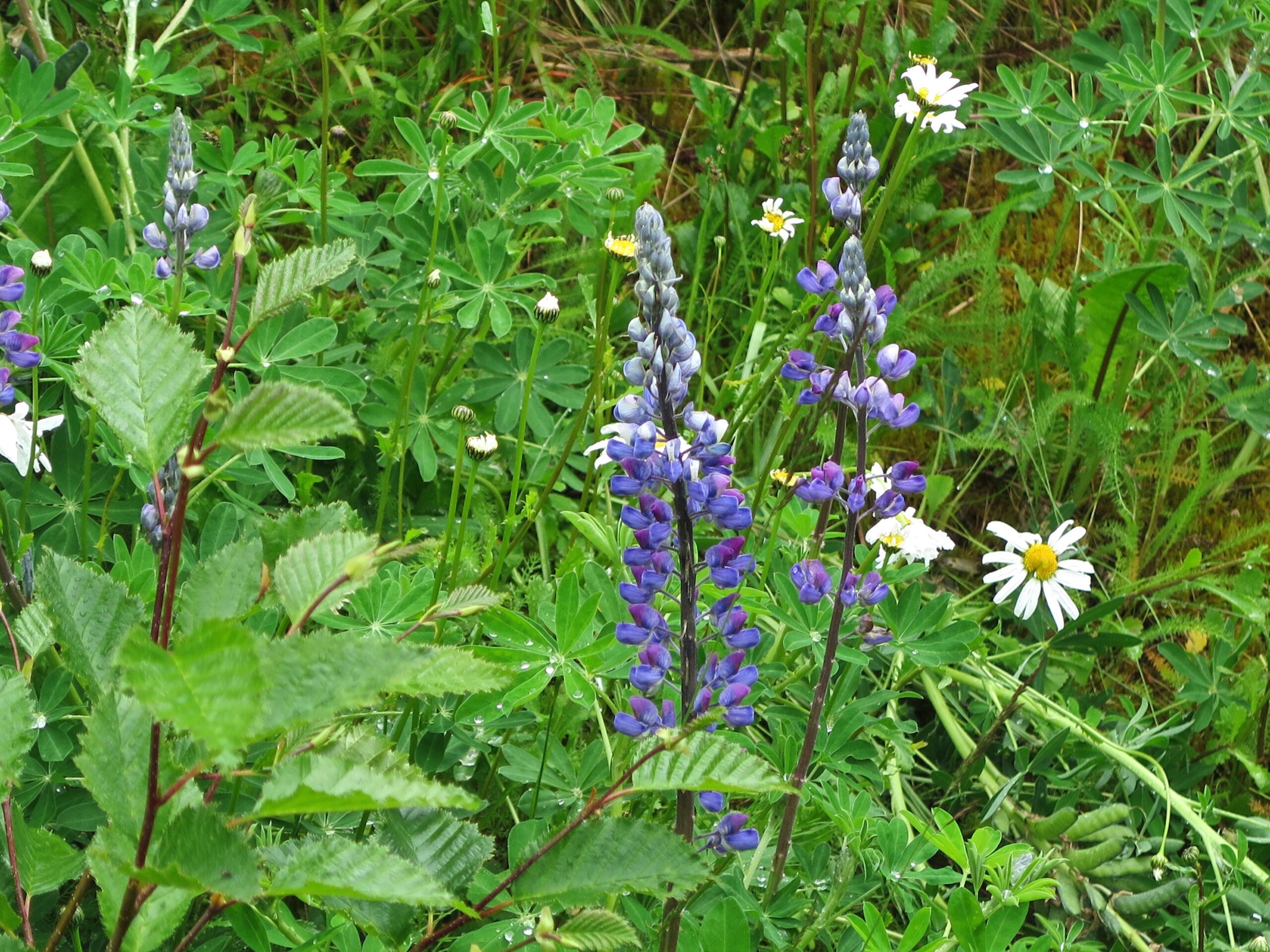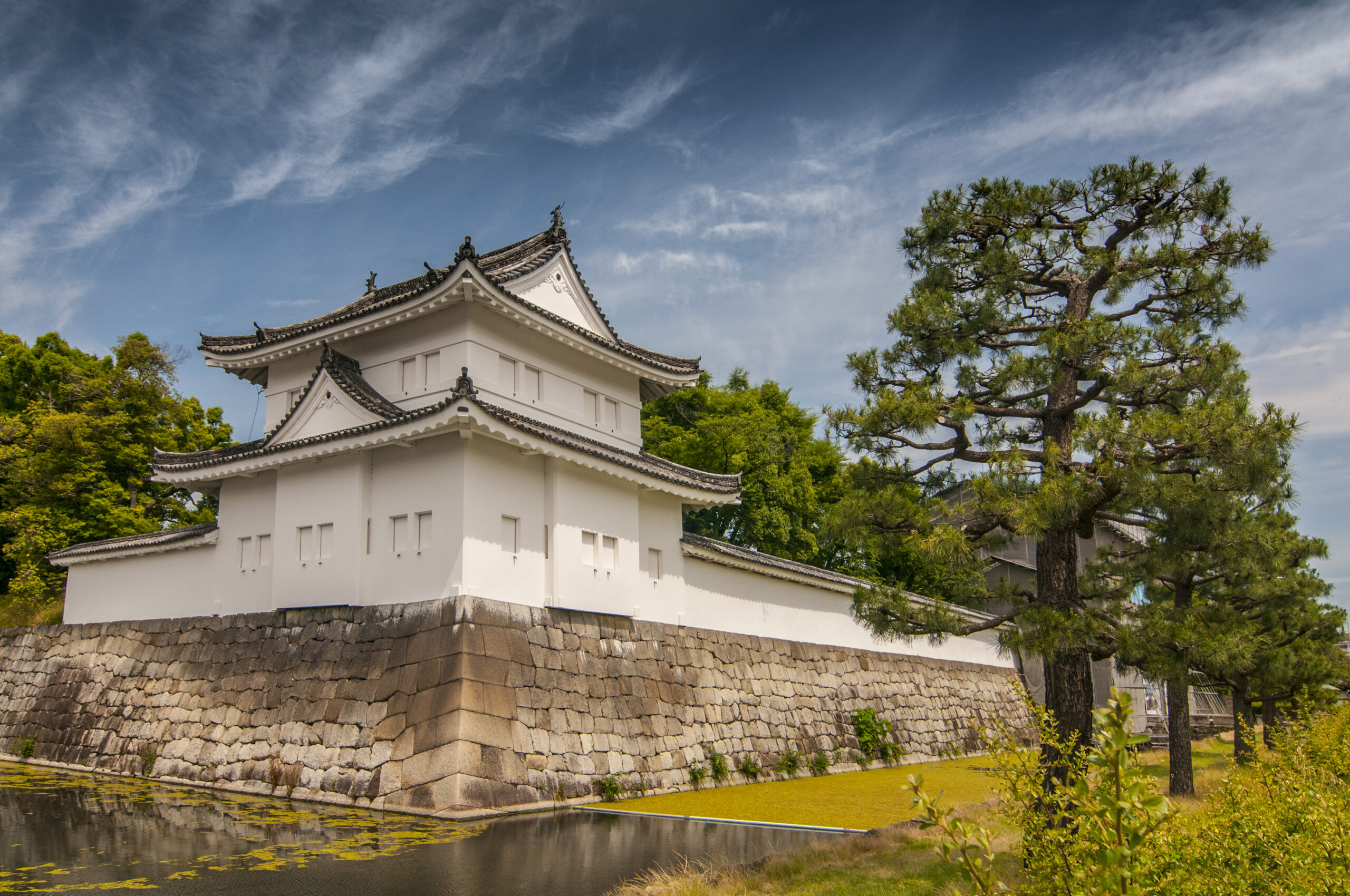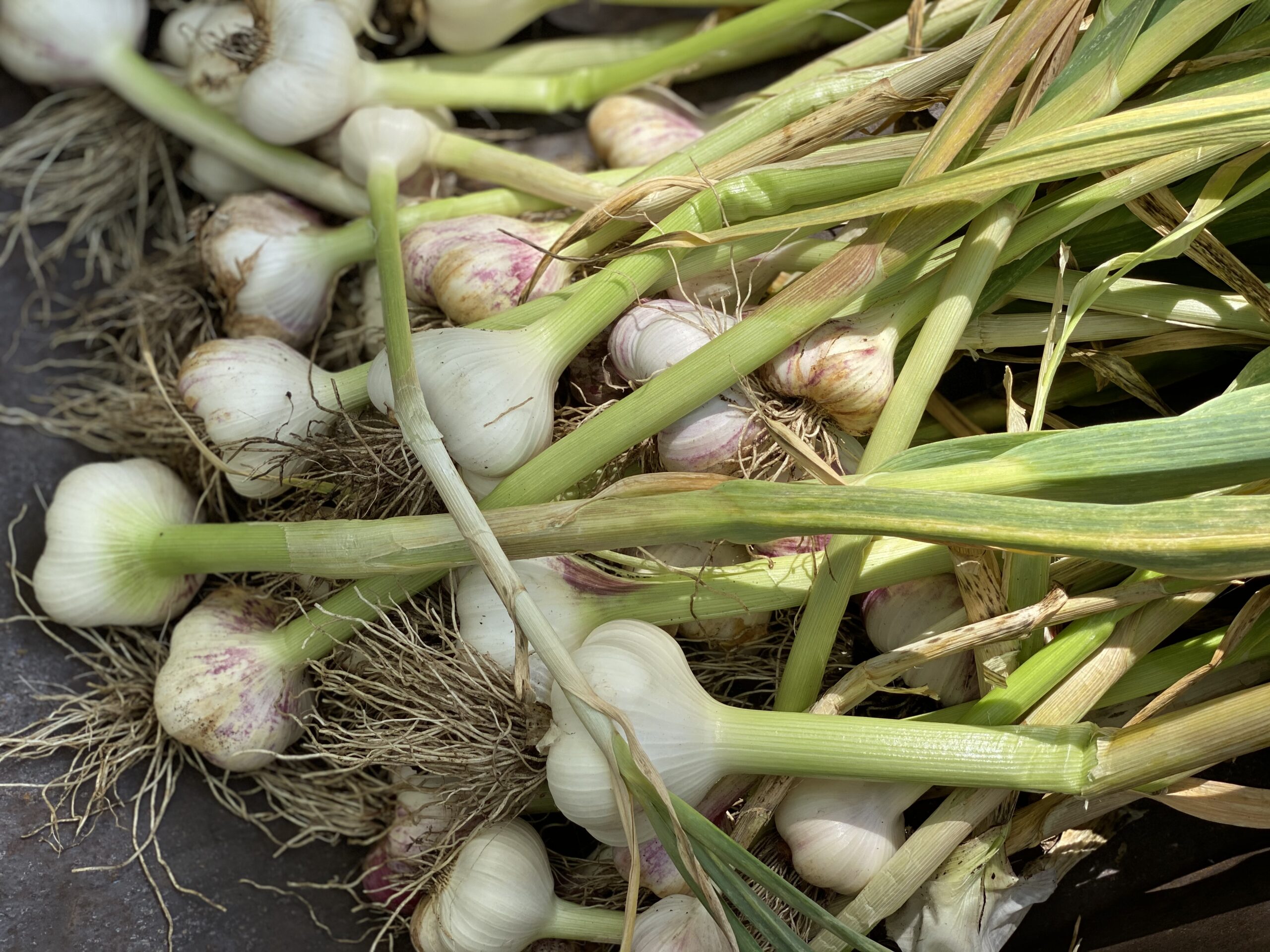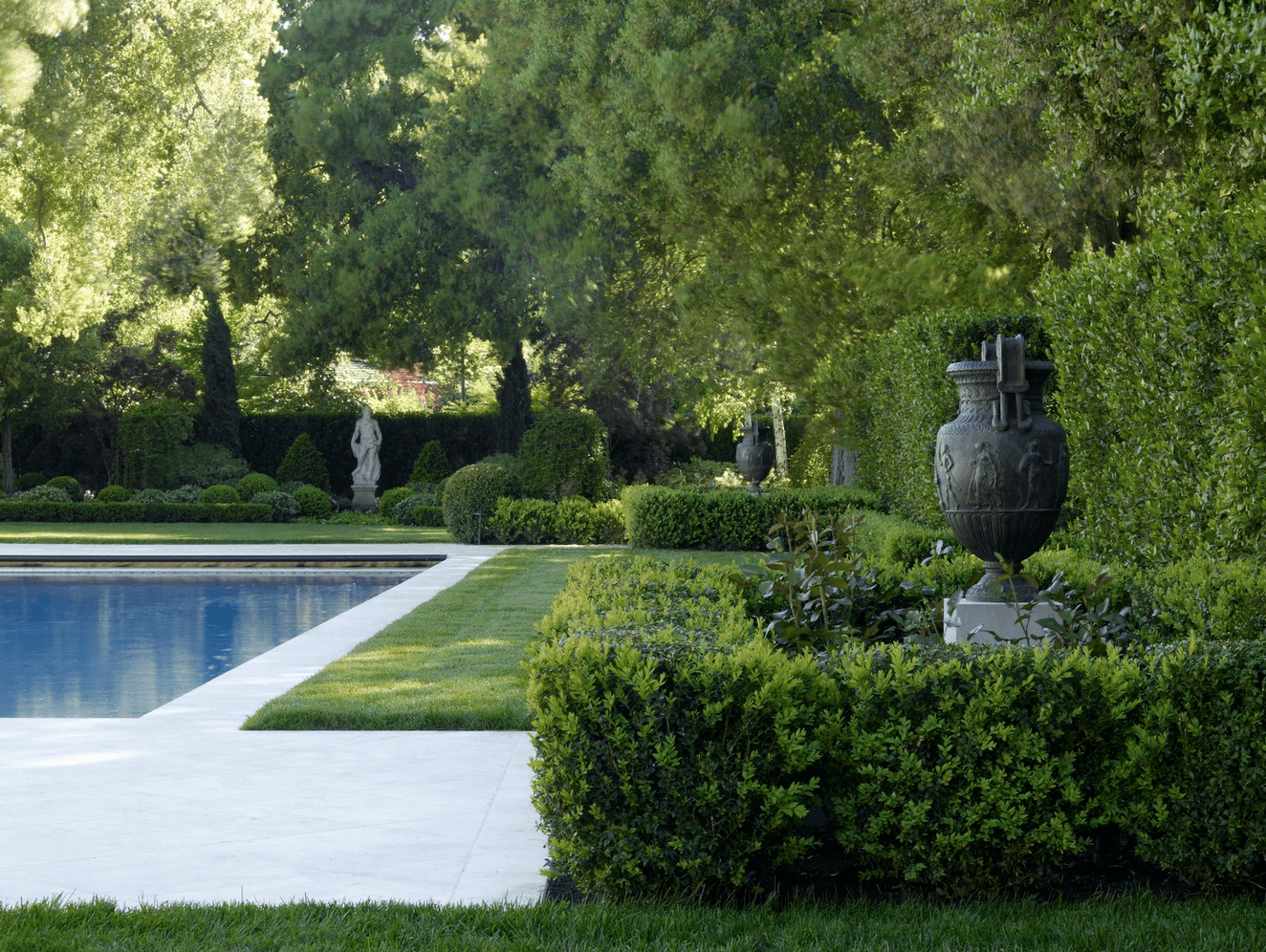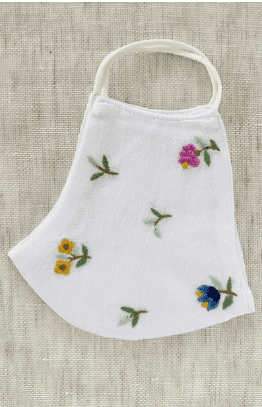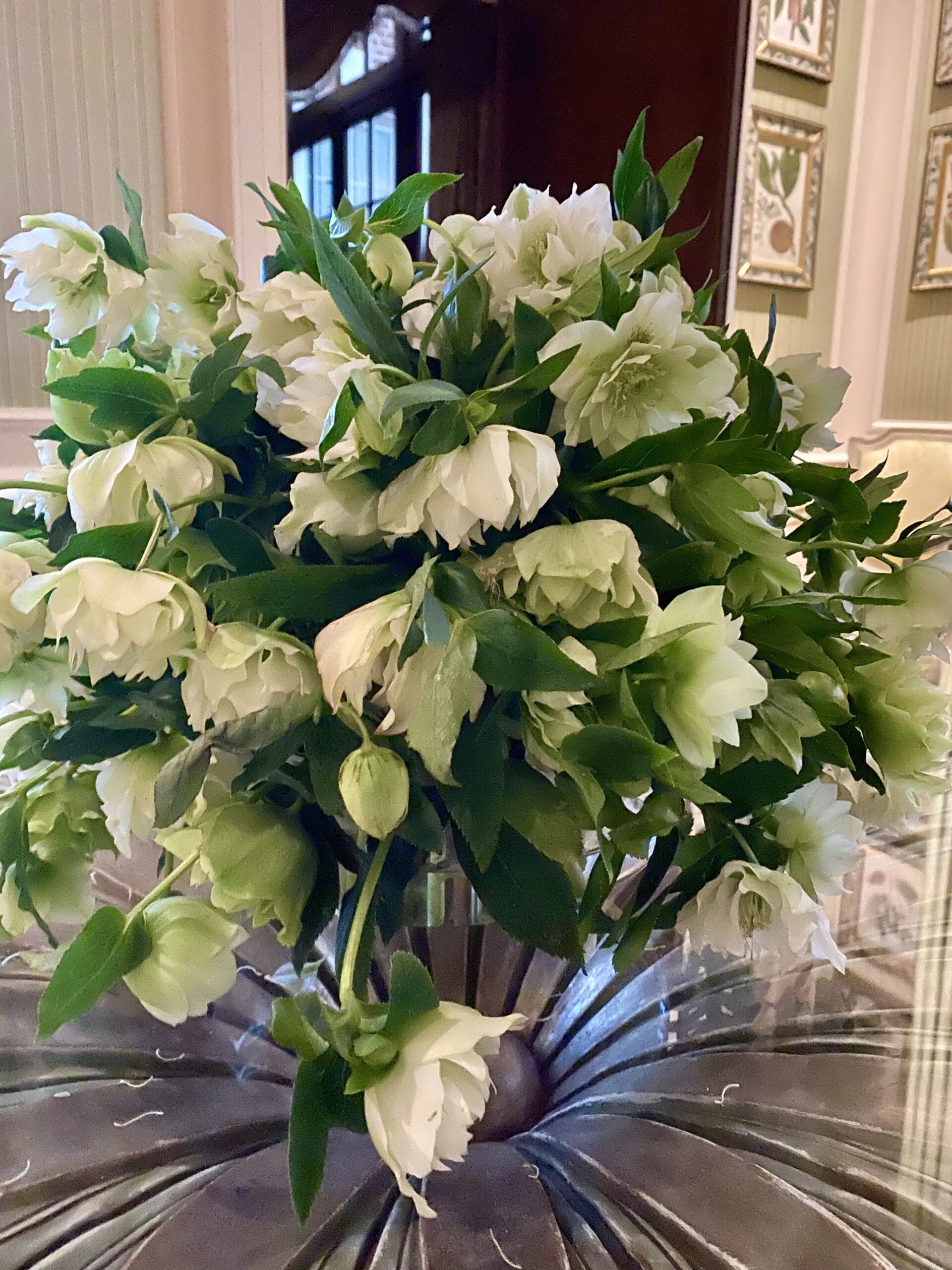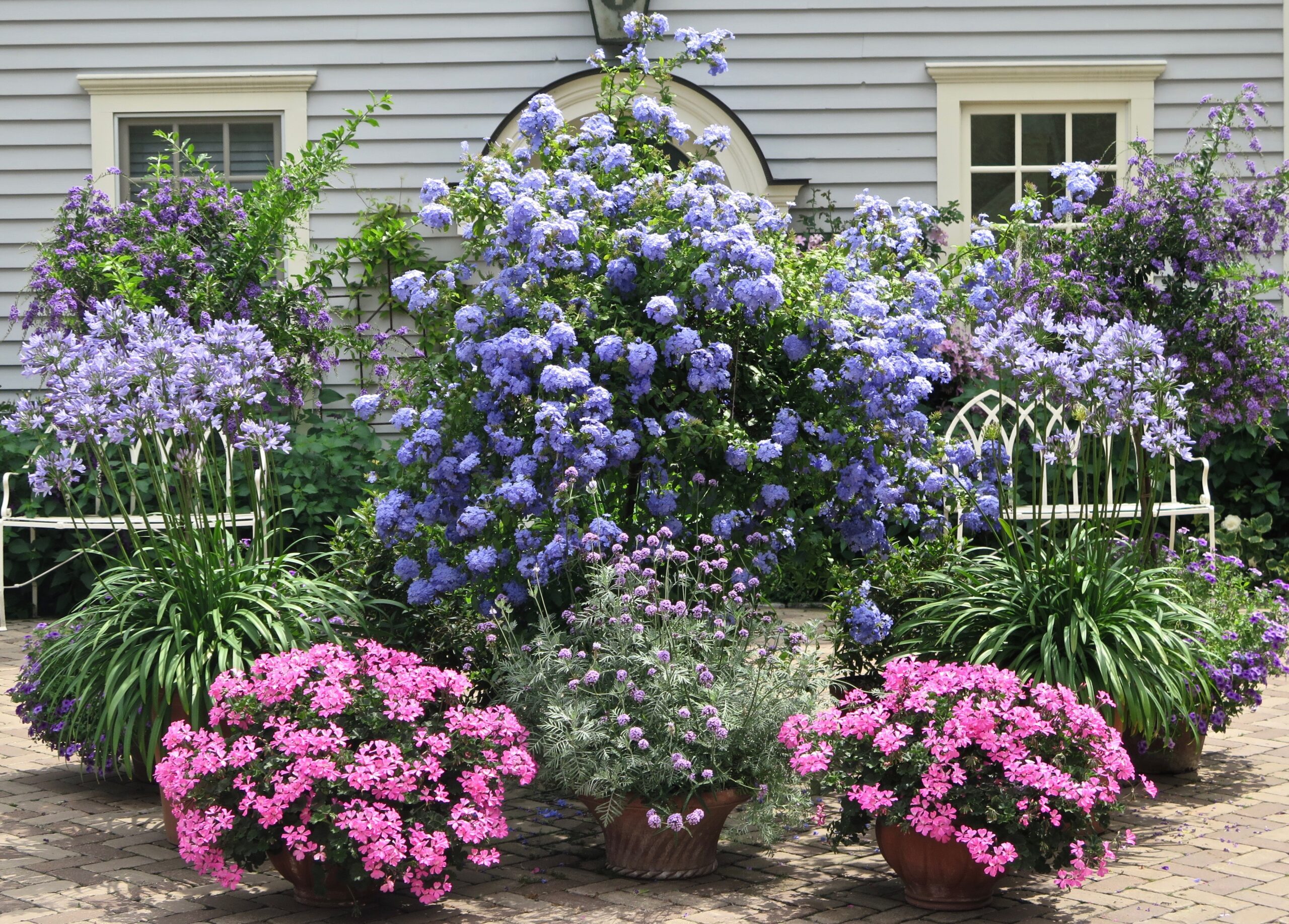Alex and I spent the past week with our dear friends Vicki & Jeff and Helen & Dick exploring new territory for all of us – Southeastern Alaska and specifically the Tongass National Forest. Two years ago, we signed up with The Boat Company and had been so looking forward to our trip! This week-long voyage on water took us from Juneau to Sitka and it did not disappoint.
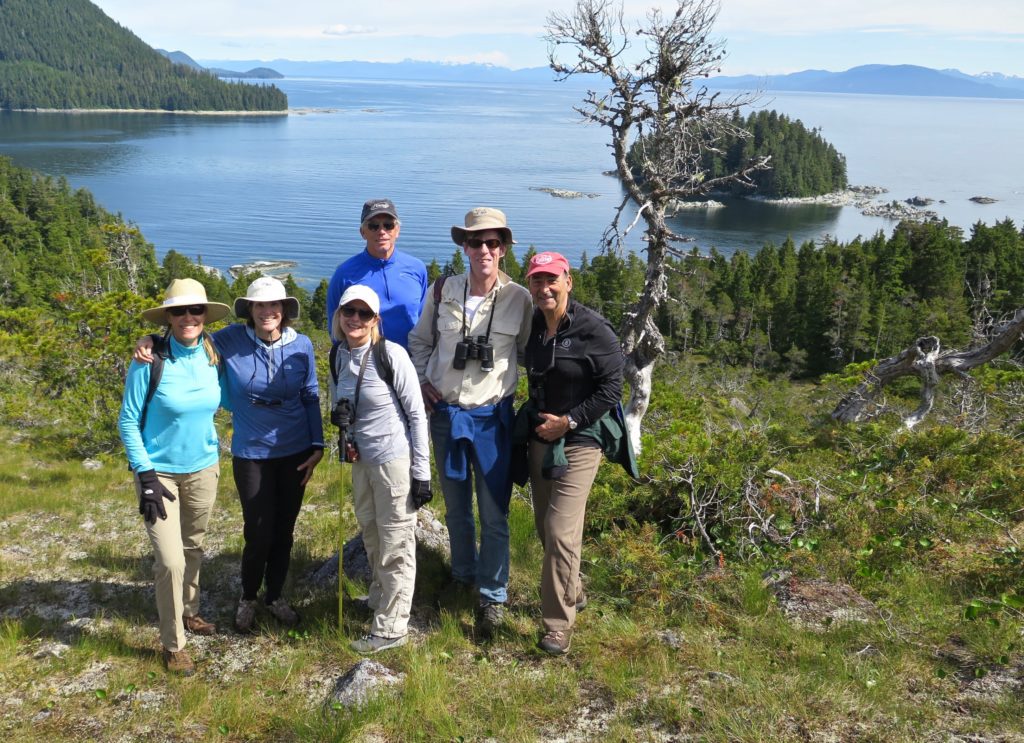

A few interesting facts about this area, according to Wikipedia and our onboard naturalist… Southeast Alaska has a land area of 35,138 square miles. Although it has only 6.14 percent of Alaska’s land area, it is larger than the state of Maine and almost as large as the state of Indiana. The Southeastern Alaskan coastline is roughly as long as the west coast of Canada. The population of Southeastern Alaska is approximately 72,000, about 45 percent of whom are concentrated in the city of Juneau. The Tongass National Forest, contained in Southeastern Alaska, is an archipelago consisting of over 1000 islands that stretch over 500 miles along the Southeastern Alaska coastline! These islands are incredibly pristine and beautiful – and are well worth the visit.
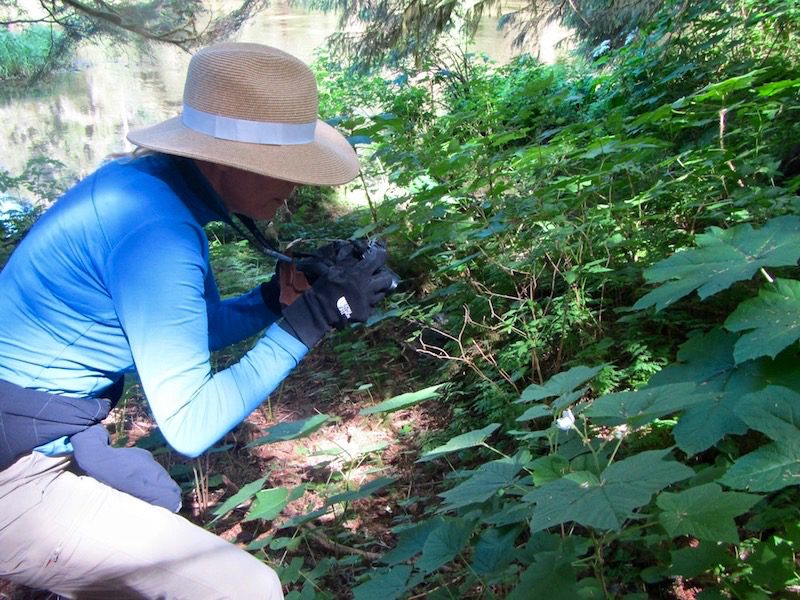

What I was pleasantly surprised to find was an abundance of wildflowers on our hikes throughout the Tongass National Forest. Of course I tried to capture pictures of all of the flowers, asking our naturalist for the name of each and every plant. There were so many! Fortunately he shared a plant list with us before departing. Here are many of the flowers we saw… Enjoy seeing them as much as we enjoyed discovering them.
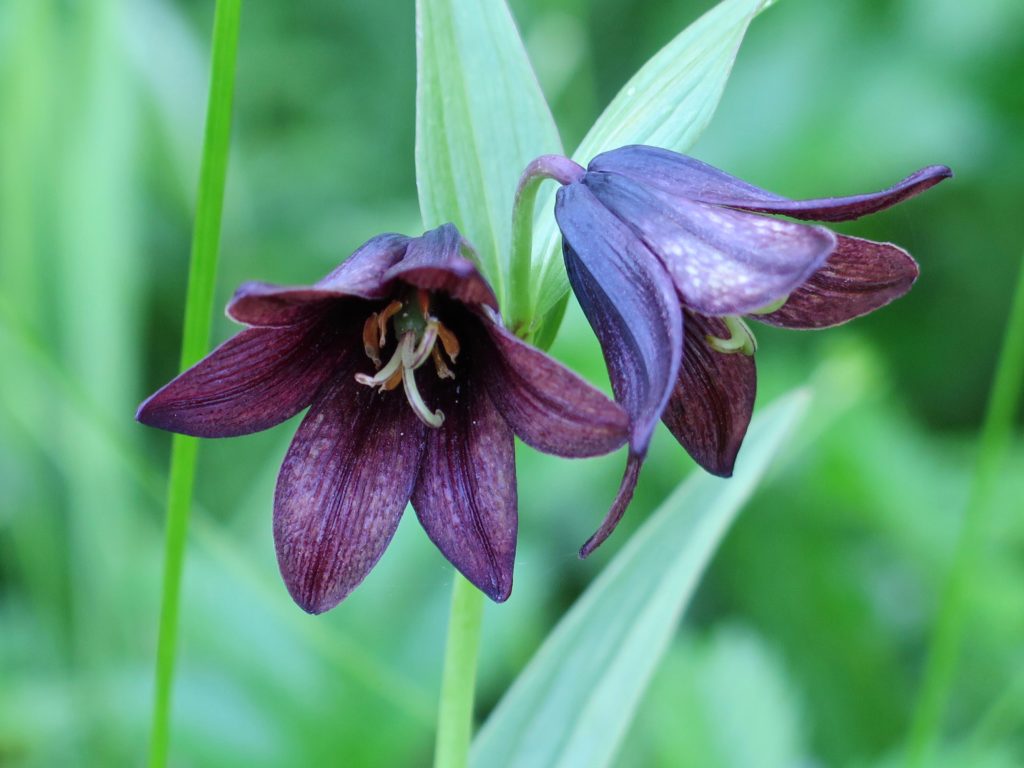

Chocolate Lily (Fritillaria camschatcensis)
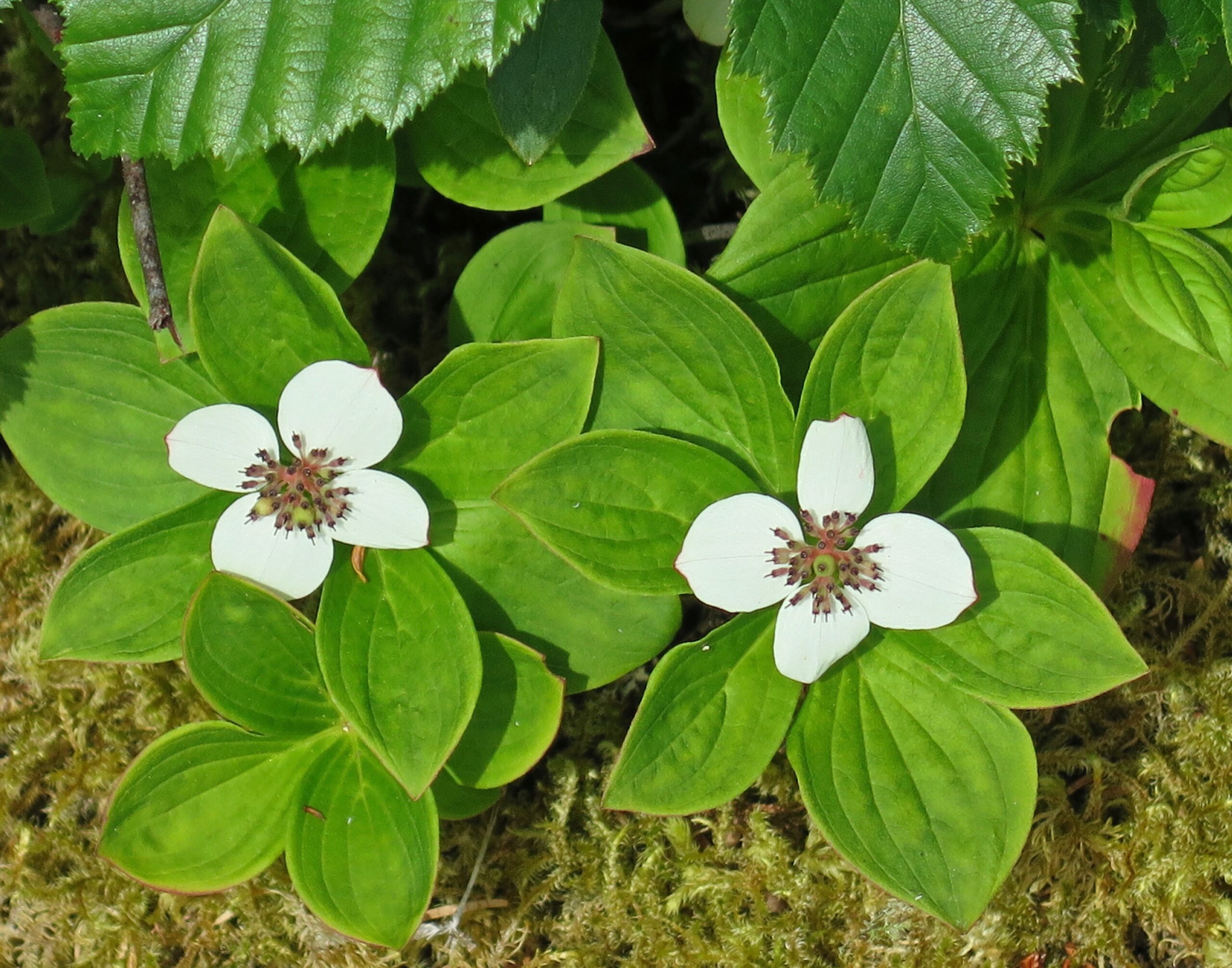

Bunchberry (Cornus canadensis)
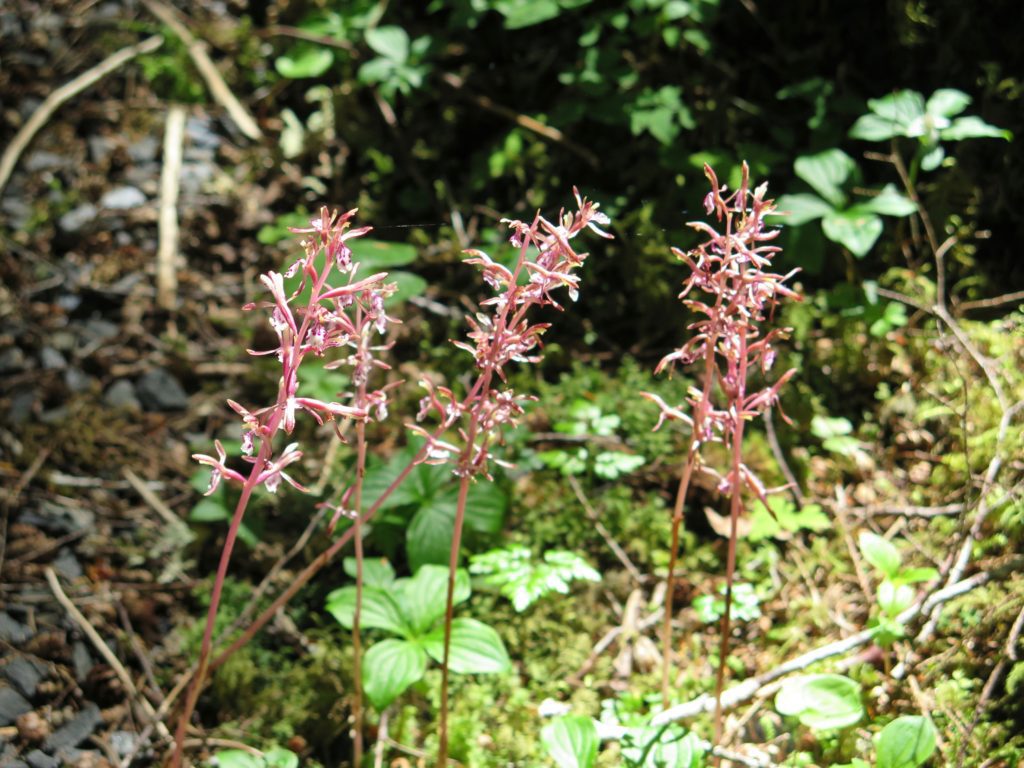

Western Coralroot, (Corallorhiza mertensiana)
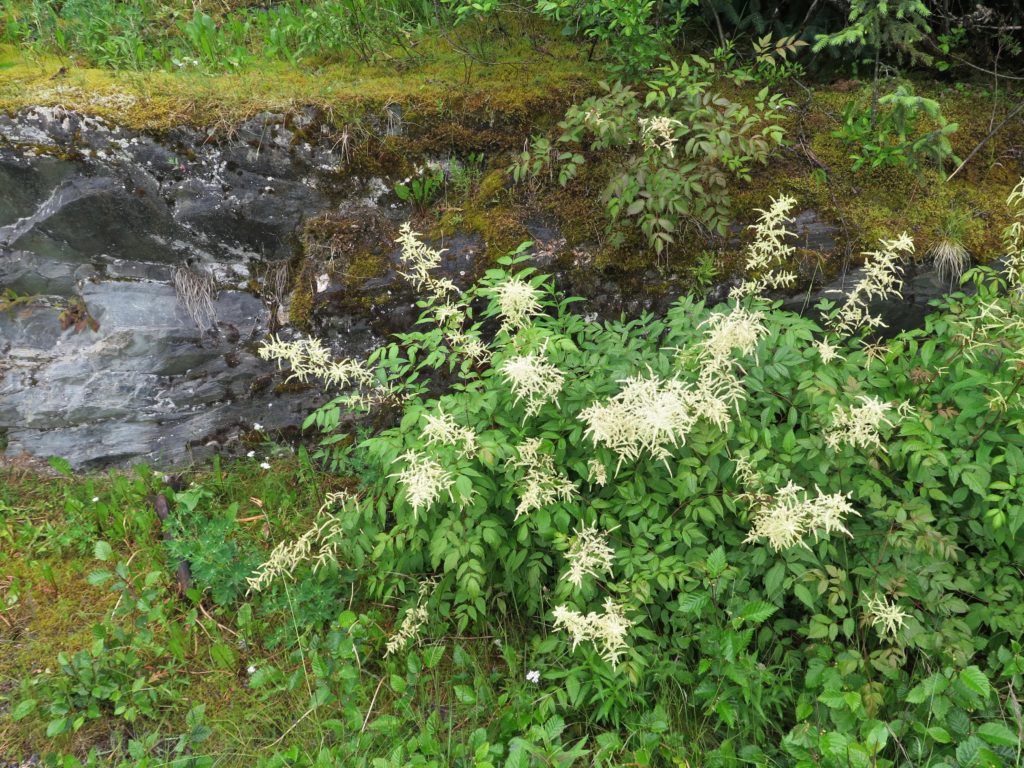

Goat’s Beard (Aruncus dioicus)
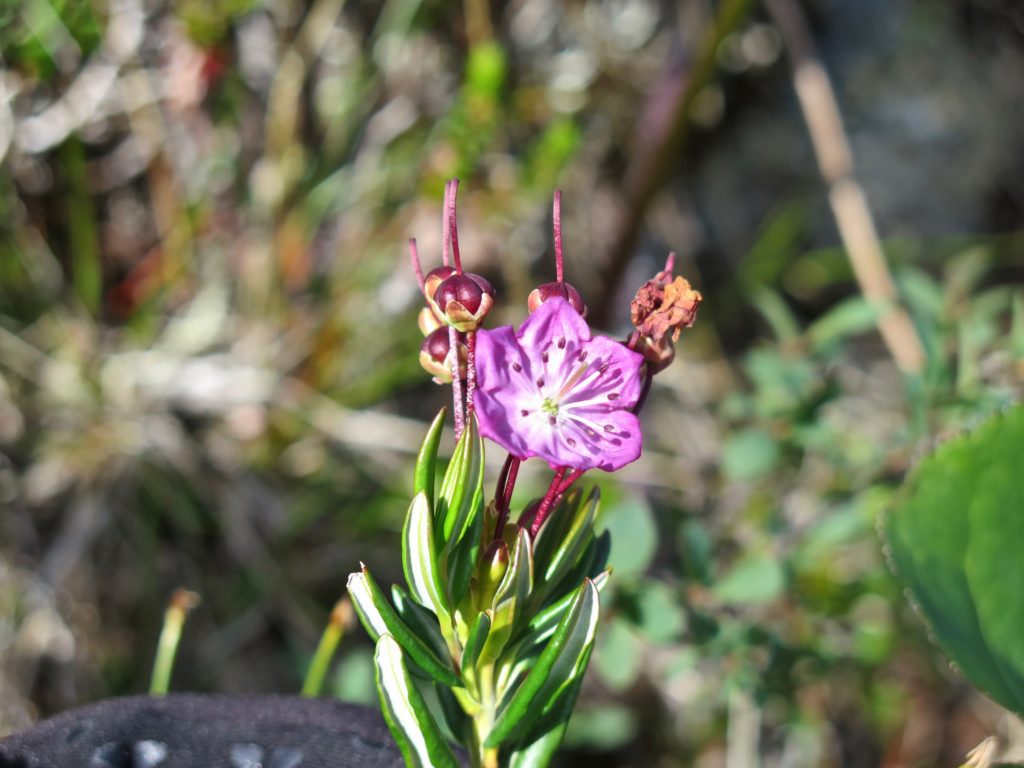

Bog Laurel (Kalmia microphylla)
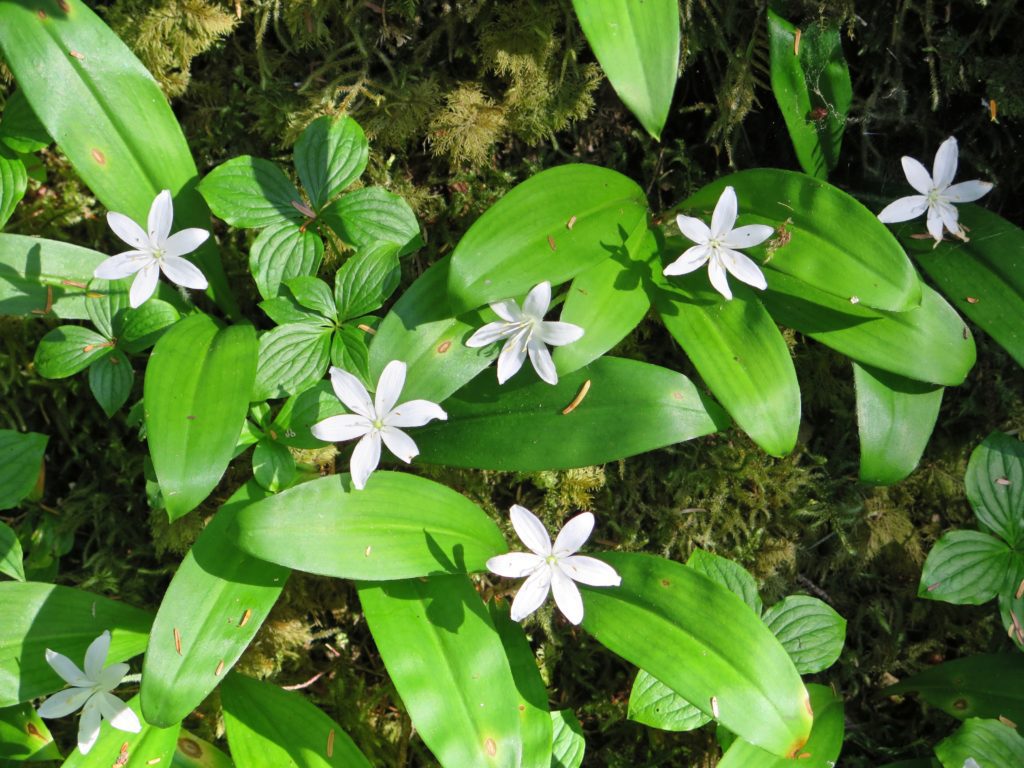

Queen’s Cup Lily (Clintonia uniflora)
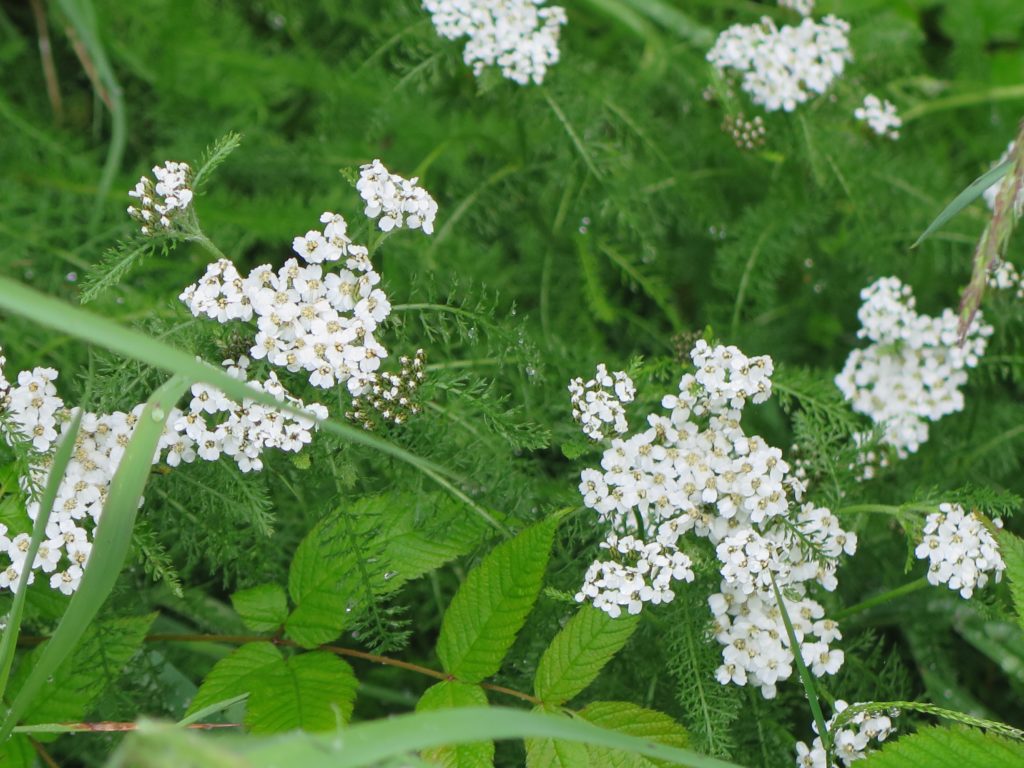

Common yarrow (Achillea millefolium)
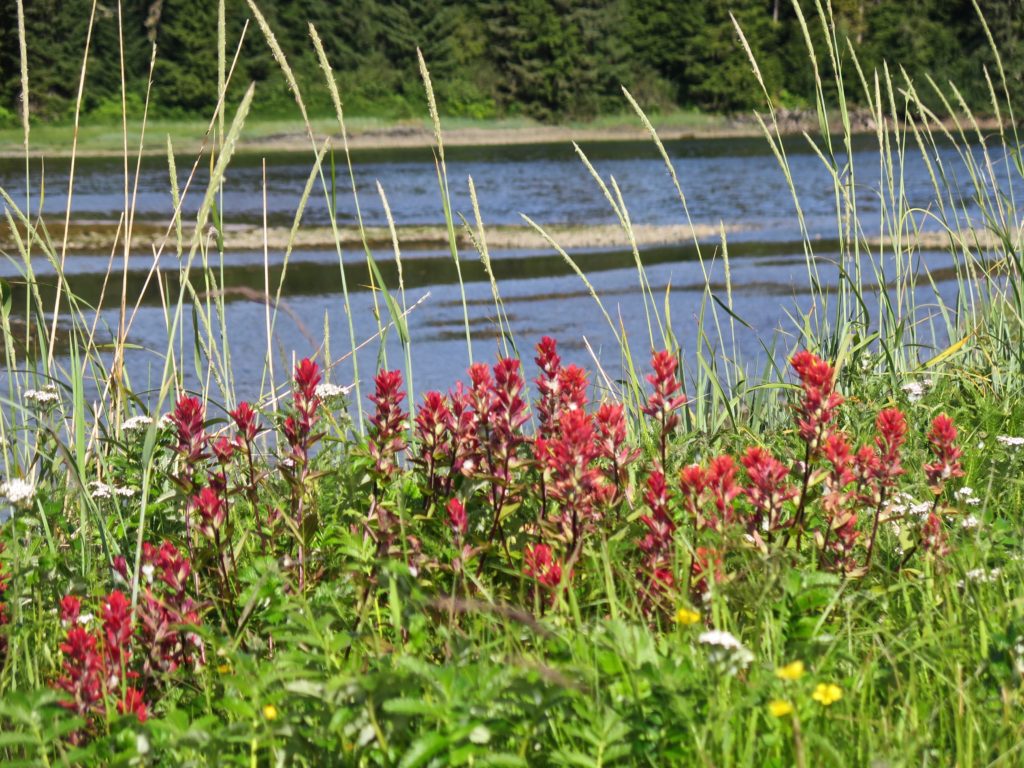

Common Red Paintbrush (Castilleja miniata)
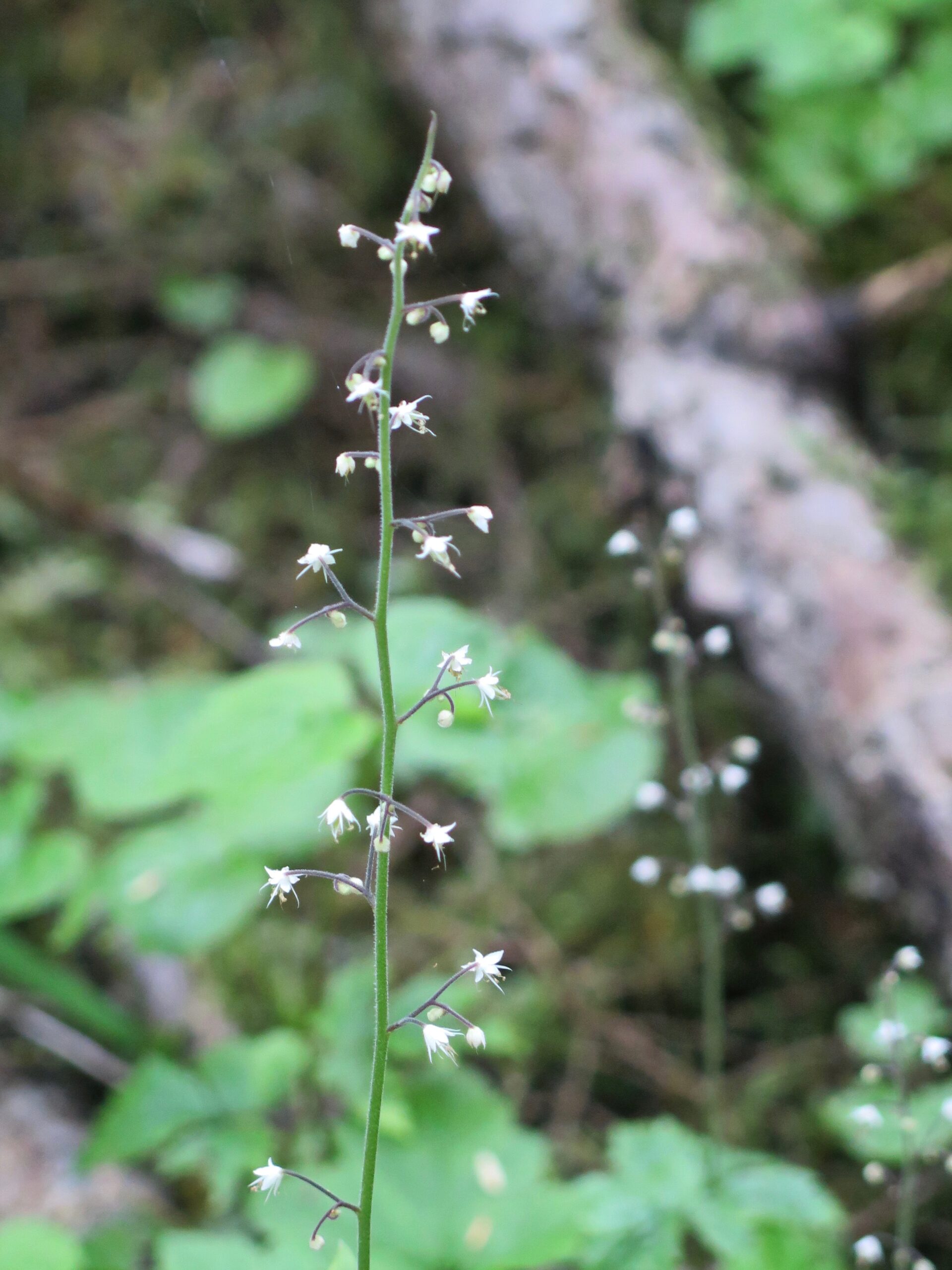

Foamflower (Tiarella trifoliata)
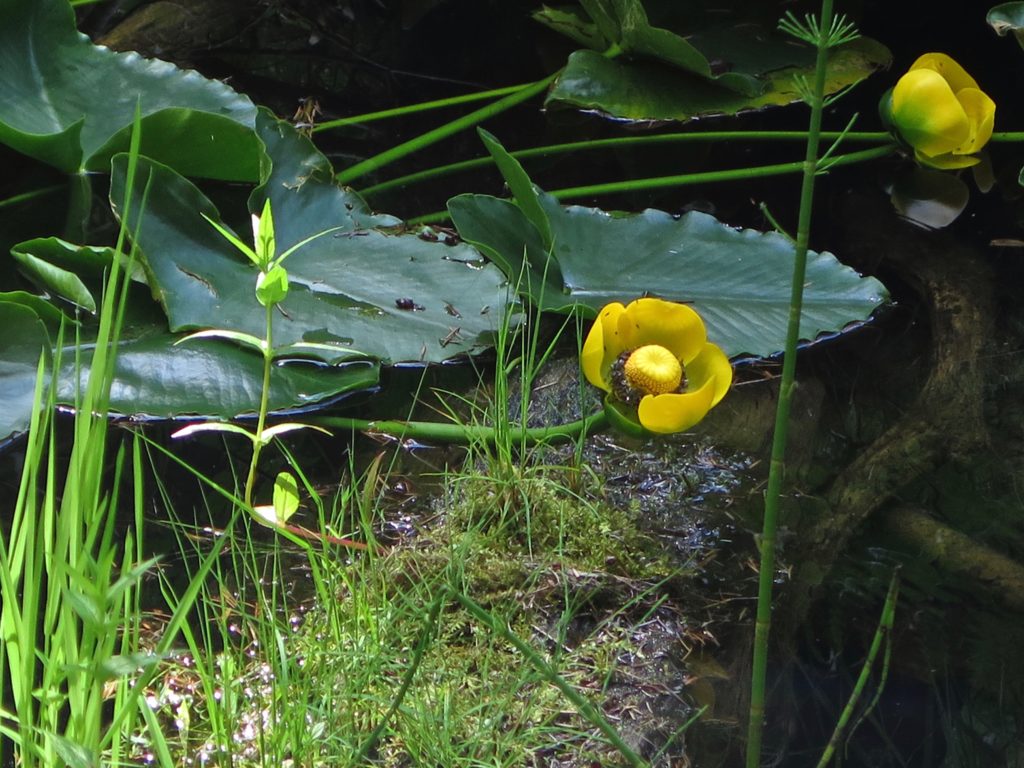

Yellow Pond Lily (Nuphar polysepala)
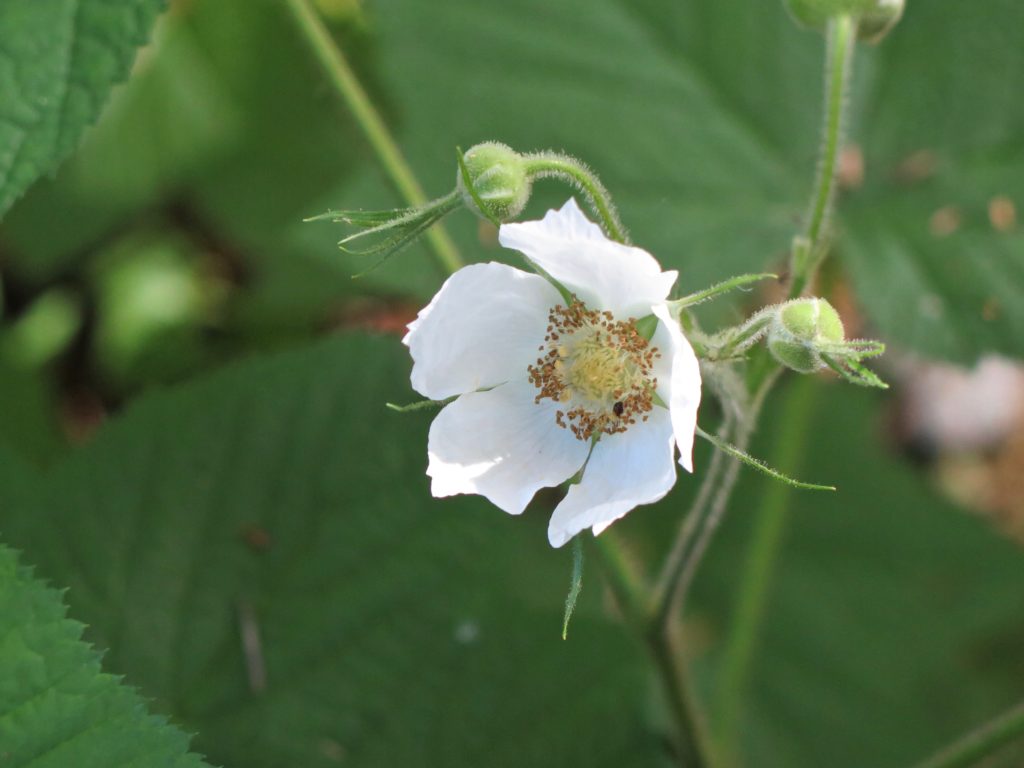

Single Delight (Moneses uniflora)
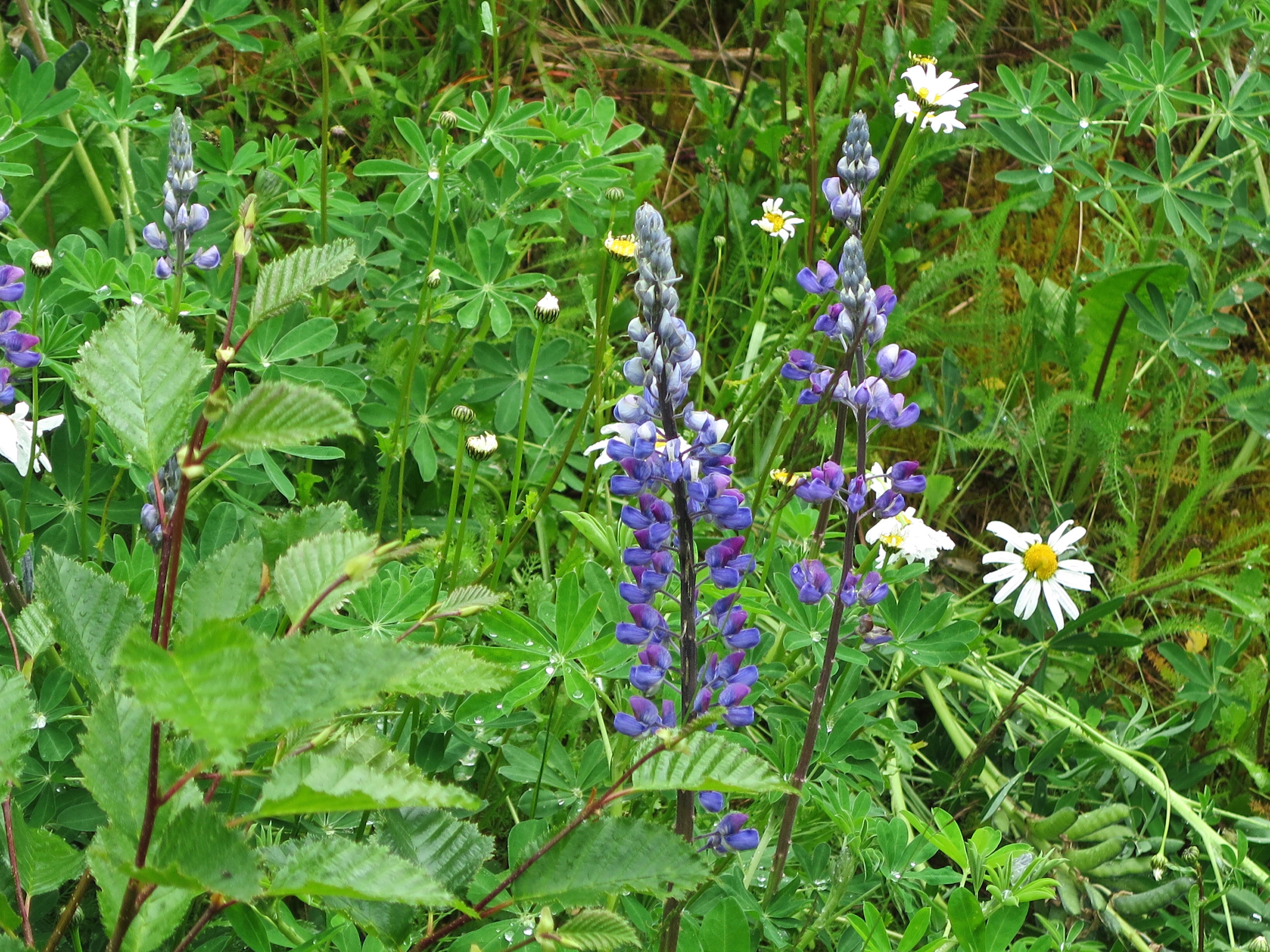

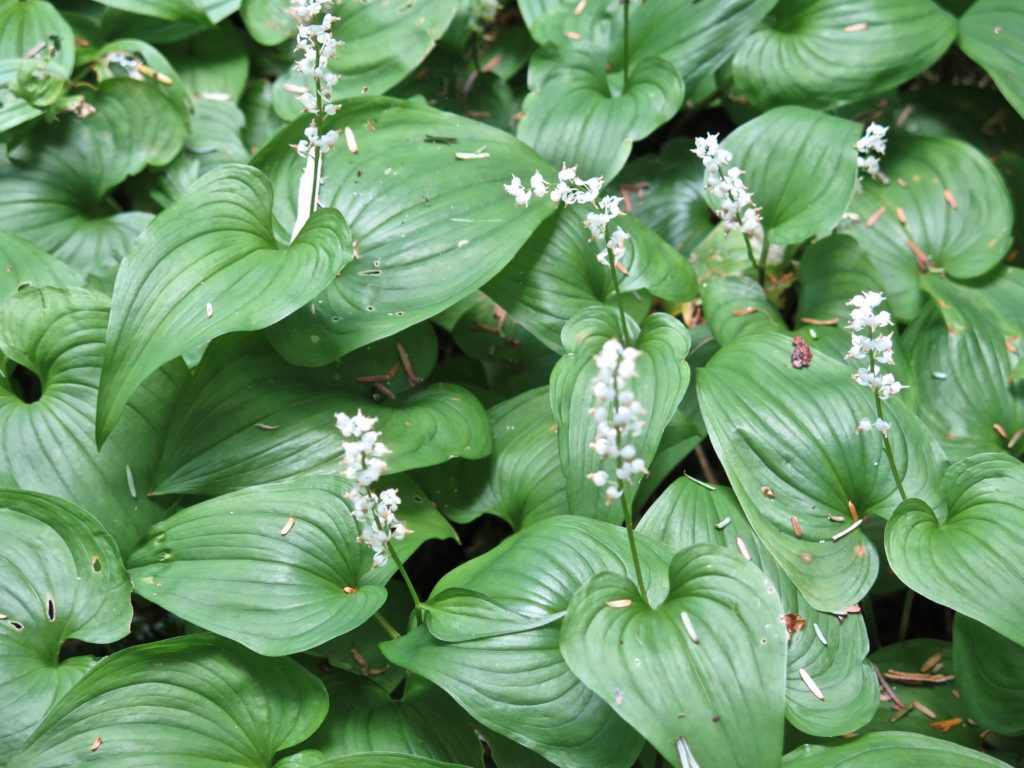

False Lily of the Valley (Maianthemum dilatatum)
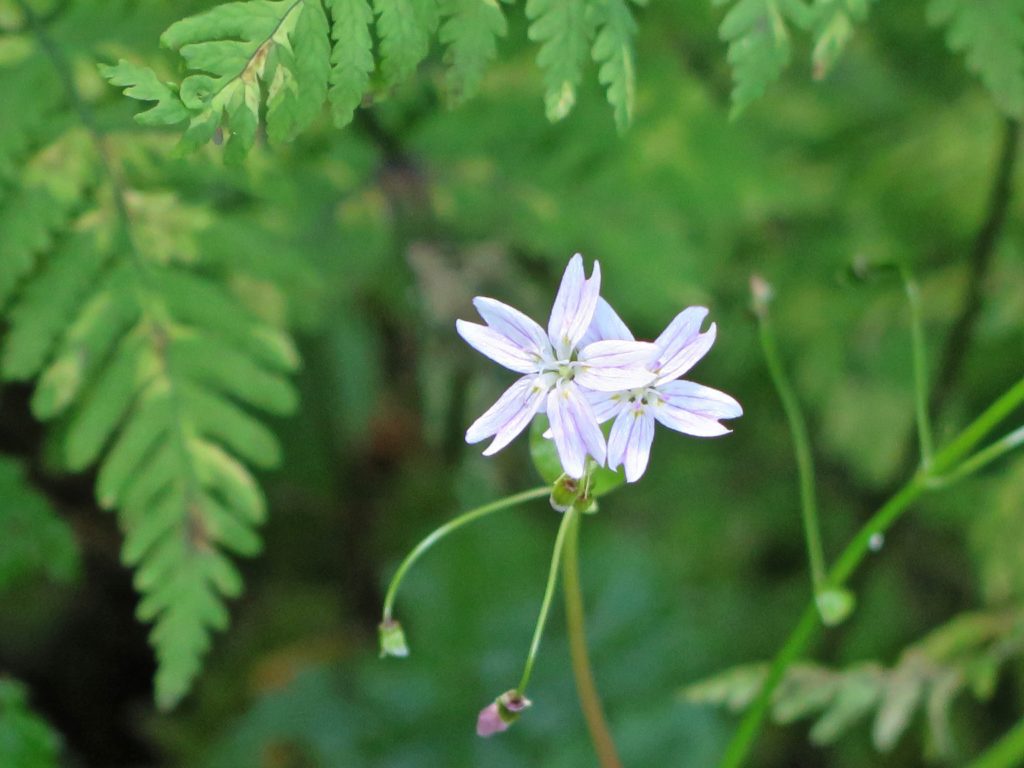

Siberian Miner’s Lettuce (Claytonia sibirica)
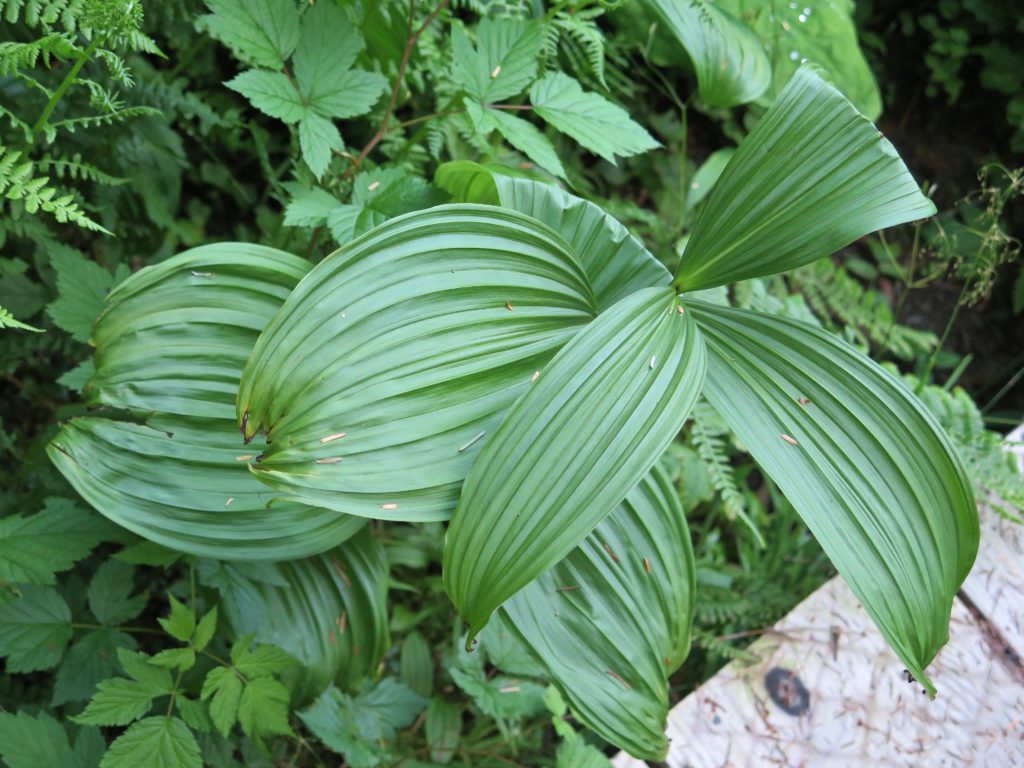

False Hellebore (Veratrum viride, also known as Indian Poke, Indian Hellebore, Green False Hellebore or Giant False-Helleborine)
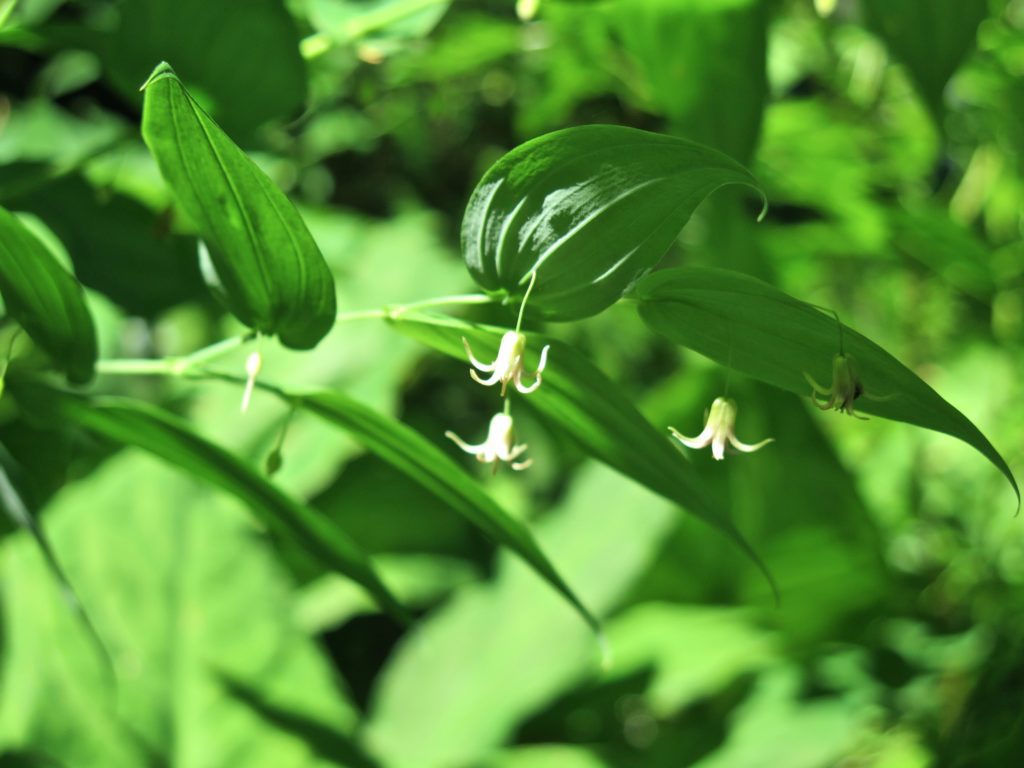

Clasping Twisted Stalk (Streptopus amplexifolius)
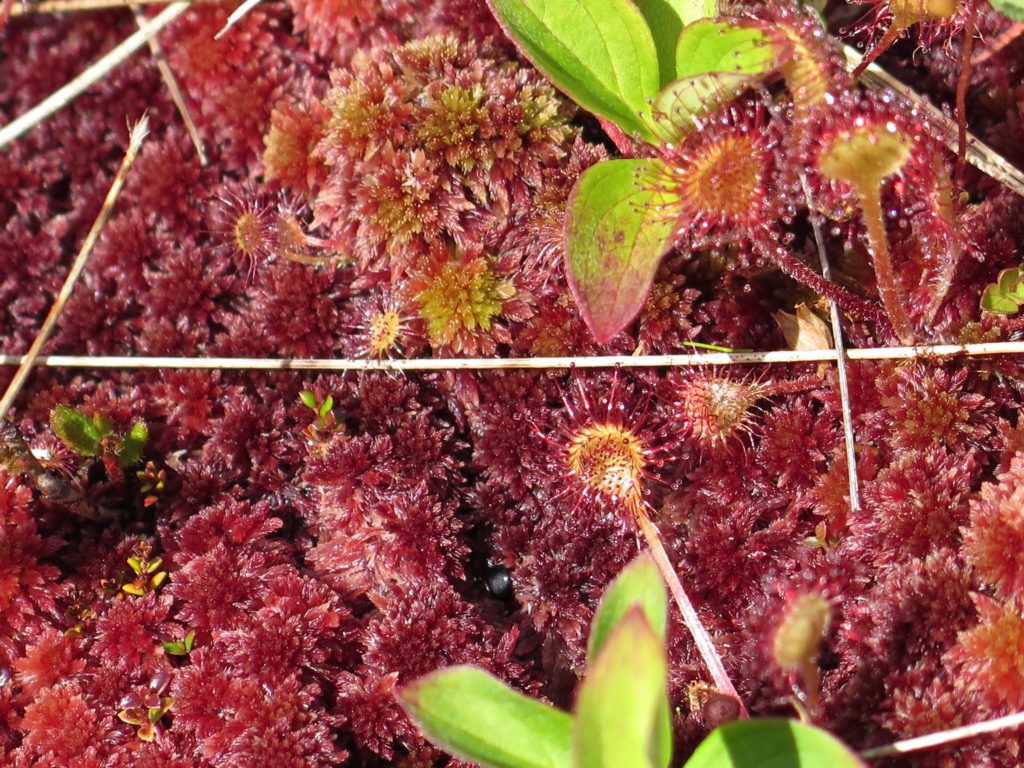

Round-leaved Sundew (Drosera rotundifolia)
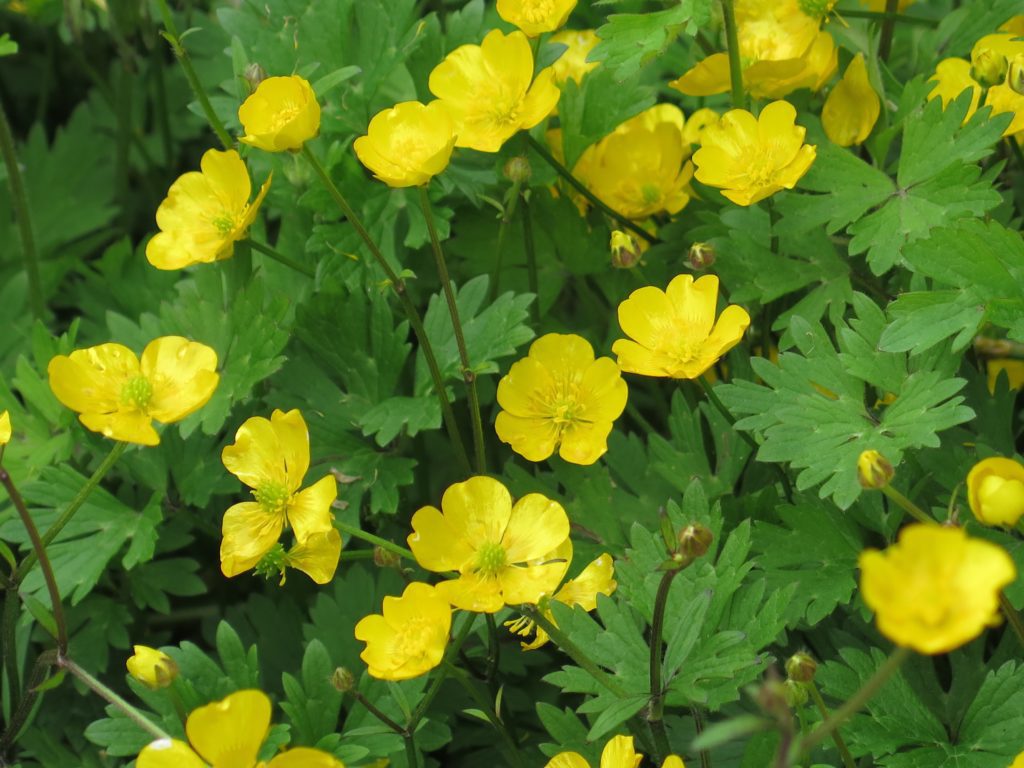

Western Buttercup (Ranunculus occidentalis)
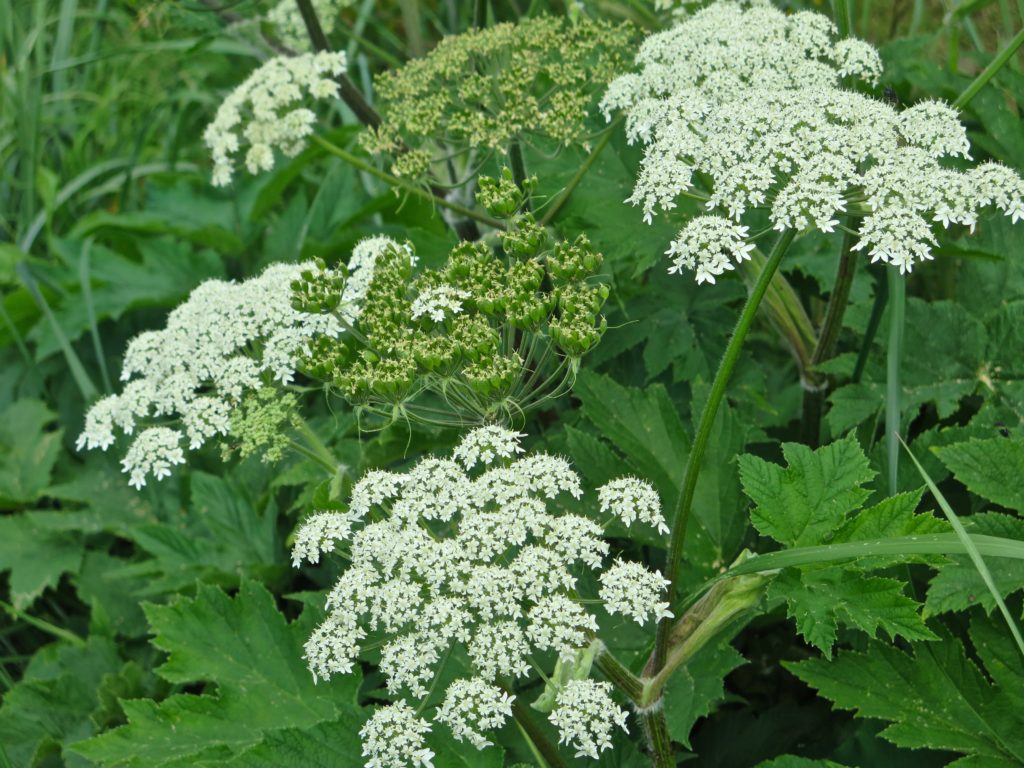

Cow Parsnip (Heracleum maximum, also known as Indian celery)
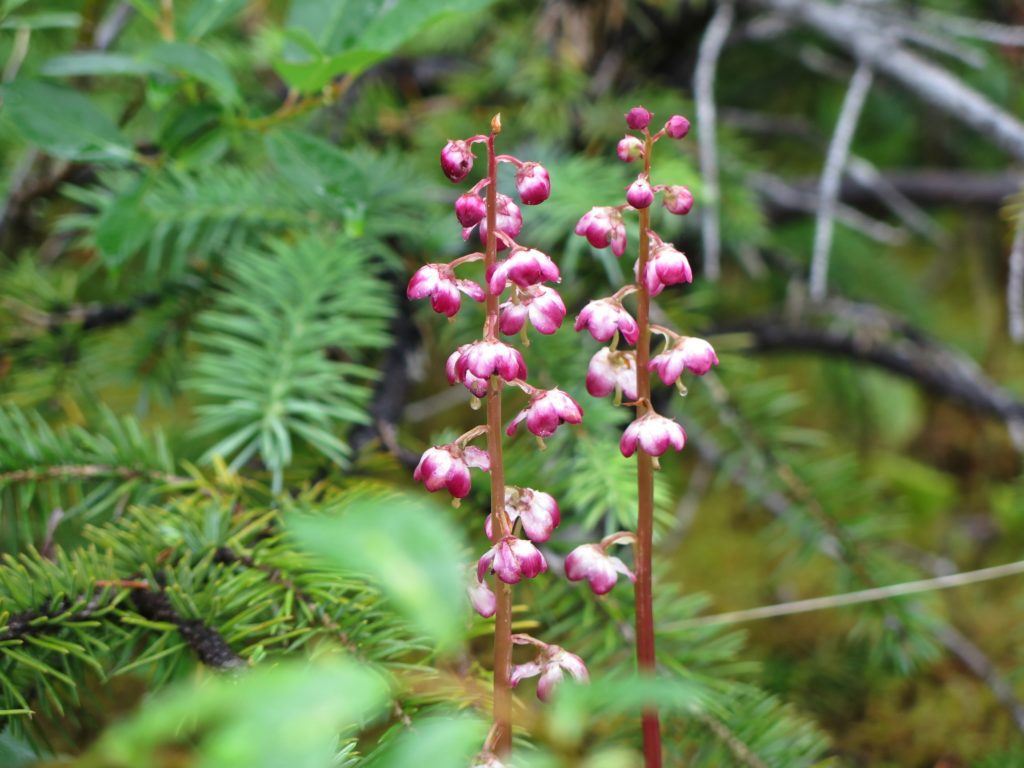

Pink Pyrola Arctic Wintergreen (Pyrola asarifolia)

